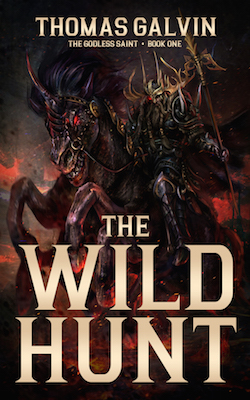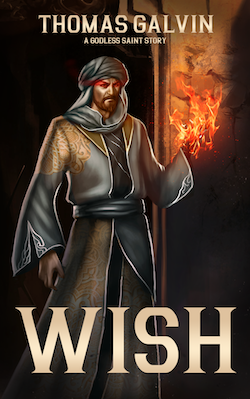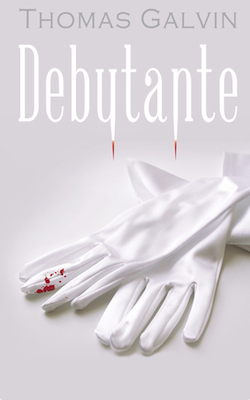Everything You Ever Wanted To Know About Lycanthropy (But Were Afraid To Ask)
If you’ve been following my posts on FaceBook, you know that I’ve been sucked into a discussion on the moral characteristics of vampires, as well as the date-ability of werewolves. Sort of like Hot or Not for the cryptozological set.
I was bored this afternoon, and I’m still debating whether or not to write Amber’s Refrigerator Magnet application, so I had two choices: look for the YouTube of that stupid I Kissed a Girl (And I Liked It), hopefully driving it from my skull, or do a little light reading on our favorite skin-walkers. I figured the werewolves were better for my soul.
As everyone knows, the “original,” and most recognizable, werewolf legend is that of the Greek king Lycaon. Lycaon tried to serve his own son as the main course in a dinner for Zeus, and in typical angry-god fashion, Zeus cursed him, in this case by turning him into a rampaging wolf.
Scholars - yes, scholars actually discuss things like this - believe that the real Lycaon suffered from rabies, which would account for his “foaming mouth,” “crooked limbs,” “feral nature,” and “locked jaw.” Rabies also shares another characteristic with traditional werewolf lore: it’s passed on from one victim to another through a bite.
But Lycans aren’t the only werewolf game in town. Most Aboriginal cultures, like the Native Americans, believed in men called Skin Walkers, who would dress in costumes and perform various rituals in order to take on the characteristics, or even physical form, of a totem animal.
And then there are the Berserkers, Viking warriors who dressed in wolfs’ skins, who went into a trance-like state, summoned the “spirit of the wolf,” and unleashed pure fury on whatever happened to be in their way when they woke up, be it friend, foe, or bar wench. These warriors were legendary for having the strength of ten men and shrugging off mortal wounds as if they were mere annoyances, a tendency which leads me to believe that their “wolf summoning rituals” involved some sort of rudimentary PCP. Combined with the wolf-skin garb, you can draw very clear parallels to the werewolf legends.
And then I stumbled onto VikingFighting.com, which promotes “the BERZERKER Viking Fighting system” as “the best, the deadliest and the most brutal combat system ever invented by man. It’s the world’s ultimate fighting system for military, police, special forces and civilians.”
Allow me to summarize the actual Viking system of fighting:
- Get drunk
- Remove clothing (they tended, like a lot of the Celts, to fight nude)
- Kill whatever happens to be nearby
- Pillage
- Repeat
That’s it. There was no art to it, no special tactics. That’s why we say “going berserk,” for heaven’s sake.
And that is demonstrably not “the world’s ultimate fighting system for military, police, special forces and civilians.” You know how I know? Because the berserkers are all dead. People with a more refined fighting system - namely, the Phalanx - showed up and stabbed them to death.
And the Phalanx wasn’t the ultimate fighting system, either. You know how I know? Because people with a more refined fighting system - namely, guns - showed up and shot them to death.
You know what the ultimate fighting system is, right now?
Some General: Barks a command in gravelly voice Some Private: Mashes a button A Freaking Nuclear Missile: Destroys all of your hopes, dreams, and Thor comic books in a rain of fire and woe.
Also, your motto: “Vikings stand and fight because if you run, you’ll only die tired” is less an “old Viking saying, and more the”motto of Vietnam-era snipers."
And finally, your self-awarded title, “Last Berzerker Supreme Grandmaster,” doesn’t really conjure images of a fearsome warrior from the Northlands. No, I’m picturing an overweigh college drop-out, living in his parent’s basement, and drinking Heineken. Which is German, by the way. You poser.
 TM
TM






